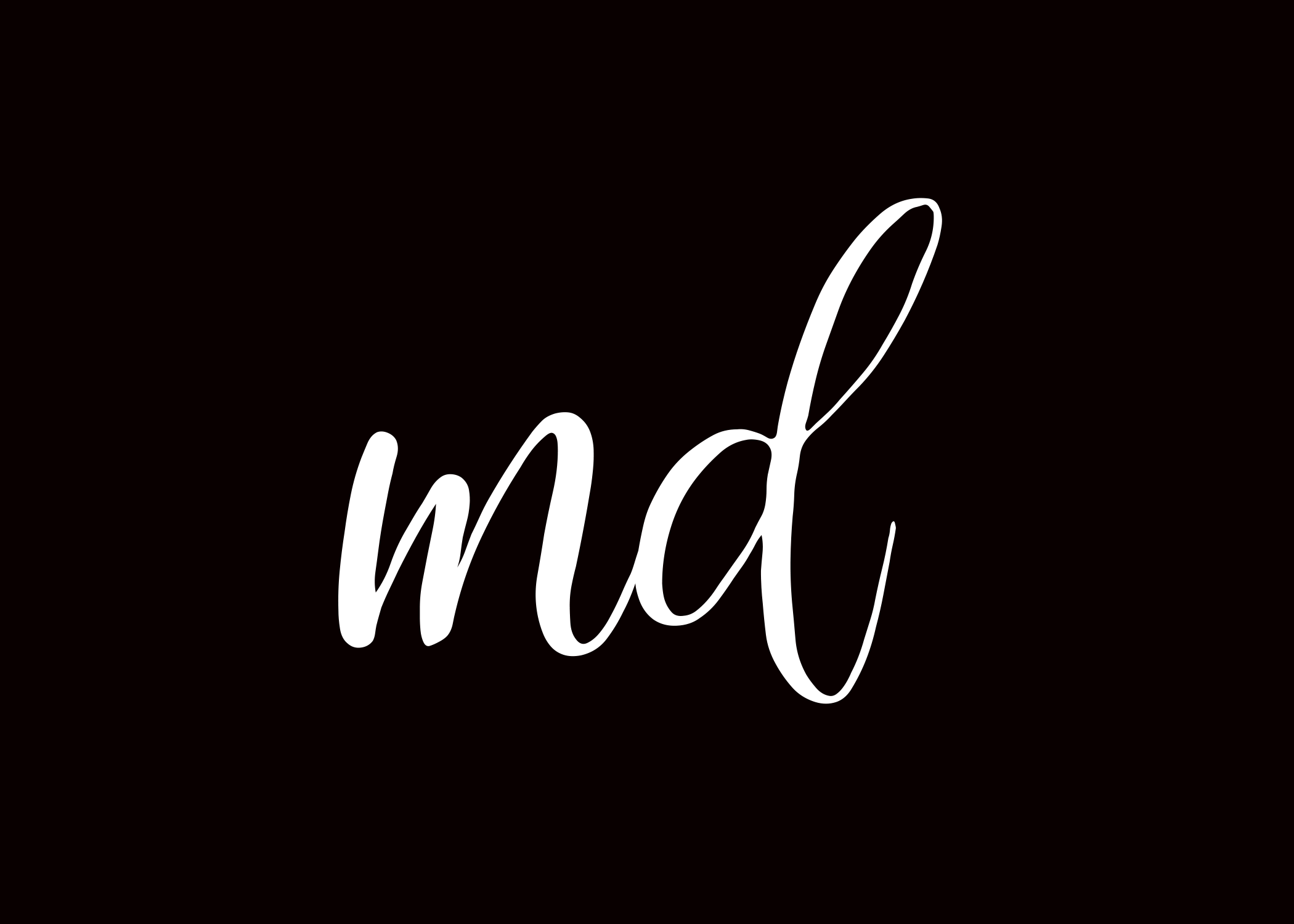What Exactly Causes Cold Sores To Appear?

Cold sores can really take a toll on your life. I, for one, was personally victimized by them. No wonder I now dread at the thought of trying testers at makeup shops. But what really causes cold sores? See, when I look back, I feel really sad for all the time I took for granted when I didn’t have cold sores appearing at the corner of my mouth. Cold sores or fever blisters are a common viral infection. In fact, they are so common that in the U.S., between 50 and 80 percent of people have oral herpes that makes them susceptible to cold sores. Cold sores are tiny fluid-filled blisters on and around your lips. After the blisters break, a crust forms over the resulting sore.
Cold sores usually cause pain, a burning or tingling sensation before they burst and crust over. What causes cold sores to appear can be blamed on the herpes simplex type 1 (HSV-1) virus, but sometimes even the herpes simplex type 2 (HSV-2) can do that too, but mostly this one usually affects the genital area.
Sadly, there is no known cure to get rid of cold sores or prevent them, however, there are lots of ways that can reduce their frequency and their duration. Usually, they go away on their own in a week or two and they don’t leave scars, fortunately. However, they are contagious and can be spread through saliva or skin contact, and not only. The good news is that not everyone who becomes infected with the virus develops cold sores.

What are the symptoms?
A person that gets infected by the herpes simplex type 1, it means that the virus stays in your body for the rest of your life. But don’t cringe just yet, as the virus usually tends to stay inactive or dormant. When people get infected for the first time, they may experience fever, headache, nausea, and even vomiting. Along with these symptoms, they may also have painful swelling and open sores in the mouth. Sometimes, some people may experience a sore throat. However, the symptoms begin a week after someone is exposed to the virus.
Most of the times, cold sores tend to appear in the border of the lip. The first sign that people report when they get a cold sore is a tingling, burning or itching sensation. Then, within 24 to 48 hours, one or more tiny blisters appear. It’s worth noting that the oral virus can also be transferred to the eyes, the skin of the fingers, the genital area and elsewhere. The virus is usually spread if you come into contact with the cold sore blisters or the fluid inside them. This is easily done by touching the hands of someone who has touched their blisters, through sharing toothbrushes, lipsticks, towels, or other personal items that might have been contaminated with blister fluid.

The signs and symptoms of cold sores vary whether from the first outbreak or a recurrence. Their duration also varies as they can last several days or even two weeks. Recurrences typically tend to show up at the same spot, but they are less severe than the first outbreak.
The stages of cold sores recurrences:
Stage 1 – Stage one comes with a burning or tingling sensation around the mouth that signals the start of a cold sore appearance. This is followed by fluid-filled sores often on the edge of the lower lip.
Stage 2 – The sores start appearing in the same spot every single time followed by pain and irritation.
Stage 3 – The sores start to break and ooze.
Stage 4 – A yellowish crust starts to form on top of the sores and scabs off to uncover the pink skin.

What are the possible causes of cold sores?
Stress
One of the most common causes of cold sores is stress. Not only stress does mess with your emotions, but it can seriously mess with your immune system too, thus, giving the dormant cold sore a change to sneak an attack.
Fatigue
Being tired can make you very vulnerable to cold sores. Just like stress, fatigue can also take a toll on your immune system, making you an easy prey for cold sores. Getting plenty of rest is key. Too much stress or too much caffeine can interfere with getting a good night’s rest.
Cold weather
This actually comes as no surprise, given that they are called cold sores, right? To avoid an outbreak during chilly weather make sure your lips are not dry or chapped.
Sunlight exposure
I can’t really stress this enough: ALWAYS wear sunscreen. Even during wintertime. Not only do UV rays damage your skin, but they can also trigger cold sores too. To avoid that, grab a lip balm that has SPF in it.
Hormonal changes
Hormonal changes in women can really trigger an outbreak, so it’d be better if you pay attention to your monthly cycle and watch for signs of cold sore that you can treat before they begin to develop.
General weakened immune system
Obviously, when your immune system is compromised, an outbreak is just around the corner (pun intended). So when you’re feeling that flu kicking in, pay attention to that tingling sensation that you can treat and stop before it fully develops into a cold sore.
Dental trauma
Although not very common, a visit to the dentist can be stressful and frustrating, and even a trigger for cold sores, especially during dental procedures that tend to overstretch the lip, thus, triggering the appearance of blisters.
Have you had cold sores before? If we did not cover some of the triggers, let us know in the comments below.
You might also want to read: Fight The Flu And Colds This Winter With This Homemade Syrup
